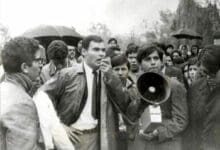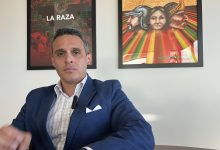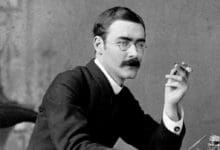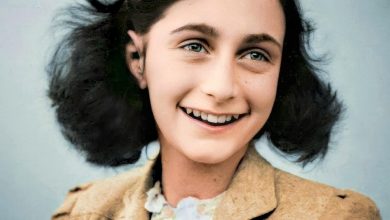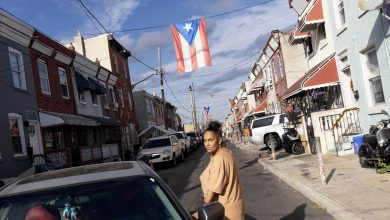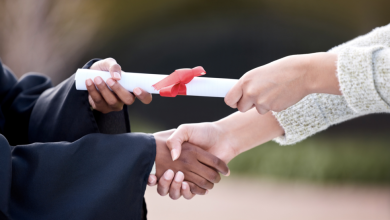Shall we have Coffee? A Brief History of the Dark Elixir
In Ethiopia, in the 13th century, a shepherd named Kaldi discovered that his goats, after eating some “beans” from a certain tree, became energetic even at night and could not sleep.
Kaldi cared for his flock and collected some of these “beans”, taking them to the Abbot of the Monastery, who boiled them in pure water, resulting in a black liquid which he drank, discovering that they kept him awake and alert all day.
The Abbot shared this recipe with other monks of the monastery, who took the “energizing beans” to the entire Arabian peninsula, where they were baptized “Qahwah” (dark wine}, later to identify their origin they were called “Kaffa”, which was the kingdom of Ethiopia where the plant was native, when it passed to the Turkish empire it was called “Kahve” (hot wine) and, in the 15th century, the Dutch called it “Koffie”. Two centuries later, the English renamed it “Coffee”, a hot drink that in a short time became popular throughout the continent.
Coffee Shops
The first coffee shops were created in Constantinople in the 16th century. Because the Qur’an prohibits the consumption of alcohol, this new energy drink displaced tea in popularity, with coffee shops being the meeting and debate places of politicians and influencers.
In a short time those who governed and made decisions invaded the cafeterias, very popular in Europe, becoming places of political discussions and community events, where merchants arranged their transactions,
In the 17th century, the kings of England and Germany tried to ban coffee shops, without success, because they were the root of the dissemination of political opinions during the Enlightenment.
Coffee in America
In 1714, the mayor of Amsterdam gave a coffee plant to King Louis XIV of France, who had it planted in the Royal Botanical Garden of Paris. In 1723, a segment of this plant reached the island of Martinique and, from there in a short time. the Caribbean, South America and Central America were conquered.
The English of the New World were addicted to tea, until in 1773 King George III of England increased the tax on tea, a fact that provoked the rebellion of the colonists, a great revolt known as the Boston Tea Party, point of inflection that forever changed the consumption preference of Americans from tea to coffee, for this reason coffee is called the “patriotic drink”, some even argue that the Tea Party in 1773 was the “push” necessary to reach the independence in 1776.
Coffee in Europe
When coffee arrived in Venice in 1615, the clergy condemned it as the “invention of Satan”, intervened by Pope Clement VIII, who decided to try the drink, which he enjoyed, demanding that several bags of Coffee be sent to him and, with papal approval, the way is completely paved.
Before long, coffeehouses became centers of political and social activity in England, France, Germany, Austria, and the Netherlands.
The Dutch created large plantations on the island of Java, expanding their cultivation to the islands of Sumatra and Celebes.
Coffee quickly replaced the common breakfast drinks of the time, such as beer and wine, proving that those who drank coffee instead of alcohol A2
started the day alert and full of energy, improving the quality of their work.
A Coffee?
Today, cafeterias encourage the exchange of ideas, meetings and the expansion of creativity, revolutions, political maneuvers, and economic plans are brewing in them, young people get their first job and musicians their first audience… to enjoy the dark elixir.

